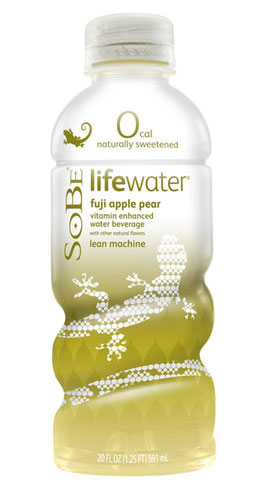I’m not quite sure why 2005, 6, 7 and 8 went by without even lifting the cover on the Caddy. I was pretty busy, and I knew that couldn’t use it because the rear quarter window was not fixable, and, one thing and another, it just got left. Gradually, things got piled on top of it and is disappeared under a heap of garage type gubbins. I won’t say I forgot about it, but I just never got around to it.
This year, though, I resolved to get it out and at the very least fire it up. So – after clearing several years of ‘stuff’ from it, the cover came off. So far so good. The battery was dead – no surprises there, it shouldn’t even have been in the car for that long a period of storage – so I popped the hood to charge the battery. On top of the air filter was a very surprised mouse; the engine bay was littered with caches of nut husks and general mousey effluvia. The mouse ran, next morning there was a very dead mouse with all four feet pointing skywards on the lawn, Douglas (the cat) had wreaked his revenge.
(As an aside, Douglas would not catch a mouse in the garage, or anywhere else in the house. For some secret cat reason he will only kill rodents when they’re outside. As he is the scourge of everything in the vicinity from a raccoon downwards, this is surprising. But I digress.)
The trunk contained a half mouse-chewed roll of paper towel, and the trunk carpet was about 30% removed by mice.
A new battery, and the Caddy started on the third go. A bit rough, but running. Inflated the tires and rear air shocks, after about half a gallon on transmission fluid (when it’s stored it leaks, when it’s being used it doesn’t) we were ready for a very cautious road test. This was scary for several reasons: I’d forgotten how awful a 1971 car is to drive, generally, I’d left my cell phone at home and wasn’t sure it would keep running, and it was vibrating like crazy – I’m guessing the tires had flattened where it had been sitting – but it drove half a mile and made it home.
Then I opened the glove box ….
This was where all the paper towel and carpet had ended up. The mice had been living in it for several years, and it was one massive nest. I pulled it out – big mistake. Mice obviously aren’t too fussy about urinating in their nests, and these had clearly been taking diuretics. And mouse urine smells awful. The regstration was done for, and it was the start of quite a long clean up job on the interior.
Around the same time, I had been looking on the Internet and found a company with a CNC machine that had started making the power window rollers and bushings. They also sold seals, so I obtained the window bushings, and a complete set of rubber seals (that are in a very sorry state) for the trunk and doors. About half a days work and the window was fixed. The seals can wait until I get around to painting the car.
Drove the car to the lube center in Exton now I knew it would keep running, and they didn’t keep filters for it any longer; ordered some filters from a web store, had the lube job done. The car was now starting to drive a lot better, the local tire guys don’t keep the size of tires and it seems the more you drive it the less the vibration gets as the tires settle in.
It’s longest trip has now been about 15 miles, today I installed new wipers, plugs, ignition wires, distributor cap, rotor, points and air filter. Nothing is leaking still. The air conditioning isn’t working (the compressor isn’t kicking on so probably low refrigerant) and the windshield washer doesn’t run. Various bits of trim need seeing to, and it needs one high beam bulb – but generally it drives OK. The big final outstanding mechanical work is the front end alignment, balancing and if necessary a couple of tires to sort out the steering vagueness and vibration.
While it was stored a couple of new rust bubbles developed on the hood. I’m not planning on having it painted just yet (I want it done properly, that’s going to cost a lot, it can wait) so I ordered some of the original color to see if I can blend a short term fix. I haven’t used these skills for a few years (OK, few decades) but it’s coming back to me. Generally all my experience has been on European cars and having worked on the Caddy I can say that 70’s US cars are a lot easier to work on. So far.



































